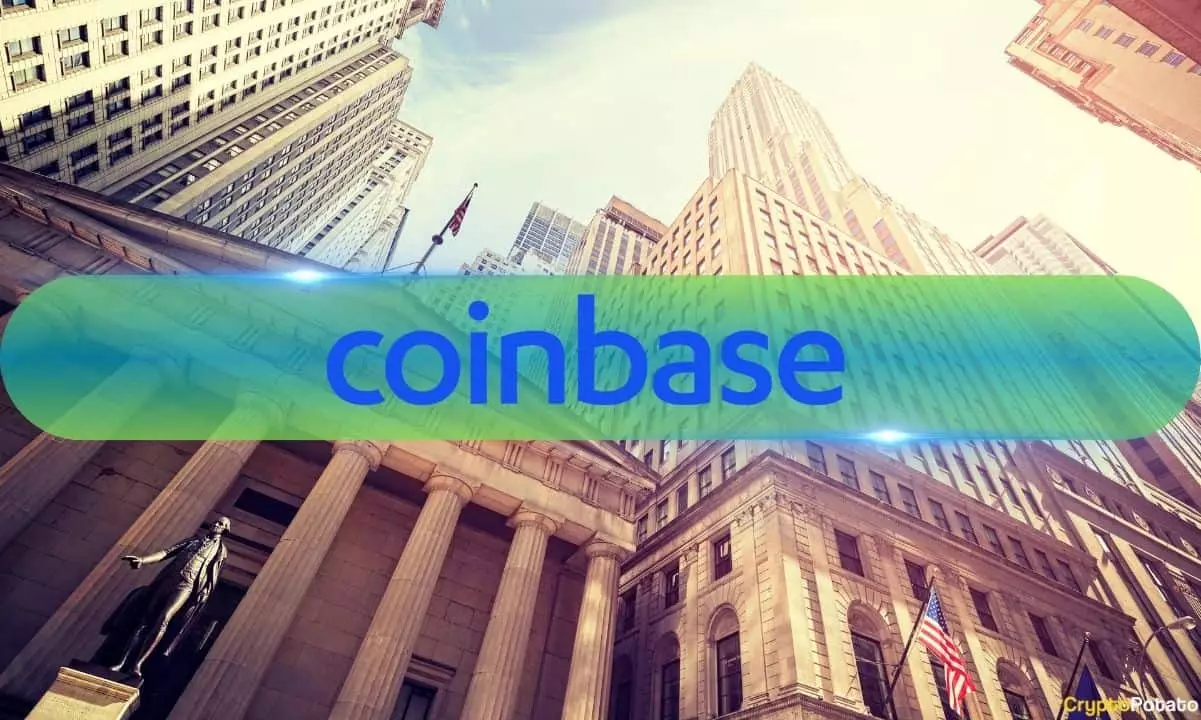As the digital currency realm evolves, understanding the dynamics of the blockchain industry becomes increasingly critical. Currently, Coinbase, with its staggering market cap of $71.2 billion, reigns supreme as the largest publicly traded blockchain entity as of February 2025. This lofty valuation not only sets Coinbase apart from its nearest competitor, Galaxy Digital, which trails significantly at $6.7 billion, but also underscores the broader trends and transitions occurring within the blockchain sector.
Coinbase’s substantial lead — capturing more than ten times the market capitalization of Galaxy Digital — speaks volumes about its dominance in the cryptocurrency exchange space. Remarkably, this singular company’s valuation eclipses the combined worth of the next nine largest blockchain firms, which together stand at roughly $33.2 billion, according to recent data from CoinGecko. This disparity highlights how concentrated the wealth remains within the blockchain industry, with a few key players commanding a significant portion of the market.
While the blockchain sector comprises a variety of enterprises, cryptocurrency mining emerges as the most prevalent segment. Around 25 of the top 46 publicly traded blockchain entities are involved in mining operations. However, the aftermath of Bitcoin’s halving event, which halved block rewards from 6.25 BTC to 3.125 BTC, has catalyzed a noticeable shift in focus. Recognizing the need for diversification beyond traditional mining, numerous firms are now exploring opportunities in artificial intelligence and Web3 technologies.
Shifting Paradigms in Mining Operations
This shift is particularly evident among leading mining companies such as Core Scientific, Hut 8 Mining, and TeraWulf, who are now positioning themselves to leverage their existing high-performance computing capabilities in emerging fields like AI and cloud computing. This pivot towards technological innovation represents a crucial adaptation in a sector that has been under considerable strain due to fluctuating cryptocurrency prices and regulatory spikes.
Despite the apparent transition, considerable market capitalization remains heavily concentrated among a few substantial entities within the blockchain environment. Coinbase, crucially, is the only public trading exchange firm within the top 46 blockchain companies, reinforcing its critical role within the market structure. When examining the market through the lens of financial allocations, Coinbase holds an impressive 63.6% share of the remaining blockchain firms (excluding MicroStrategy, which stands at a remarkable $97.7 billion) when its valuation is stripped from the equation.
Further dissecting the blockchain sector reveals that the cryptocurrency mining market itself — totaling approximately $31.7 billion — is heavily influenced by cornerstone players like Marathon Digital and Riot Platforms. These firms perform substantial financial maneuvers while battling the notion of inflated valuations amid adverse market conditions. The remaining miners have yet to cross the $3 billion threshold, suggestive of a sector-wide consolidation trend driven by market realities.
On another front, the finance and investment subsection of the blockchain industry’s economy is currently estimated at about $7.1 billion, yet starkly dominated by Galaxy Digital’s nearly $6.7 billion market cap. This division of assets illustrates the need for upcoming players in this niche to carve out distinctive value propositions that can withstand competition in an overcrowded marketplace.
When aggregating the market figures, publicly traded blockchain companies’ total valuation stands at approximately $199.5 billion, a mere 5.8% of the overall cryptocurrency ecosystem valued at $3.45 trillion. This statistic punctuates the pressing need for diversification and innovation, especially considering the rapid evolution of technology within the blockchain domain.
Thus, as we canvas the current market reality in 2025, it becomes evident that the blockchain sector is at a pivotal juncture. Players big and small must recognize the necessity for strategic adaptability amid an environment that is both dynamic and fraught with challenges. Coinbase’s dominance paints a bright picture for traditional exchanges but also serves as a wake-up call for competitors to innovate and invest beyond their foundational structures, ultimately shaping the future of digital transactions.
















Leave a Reply